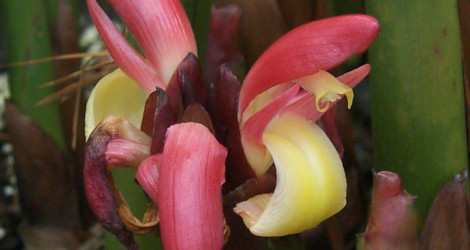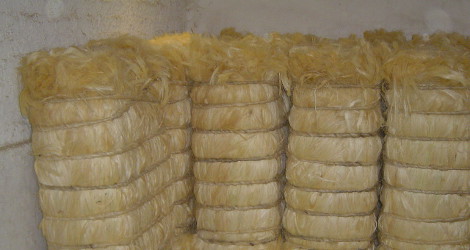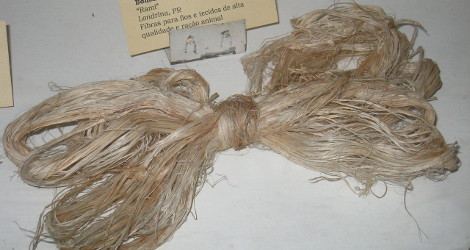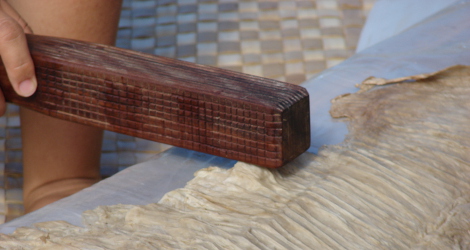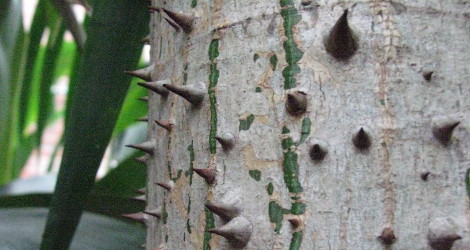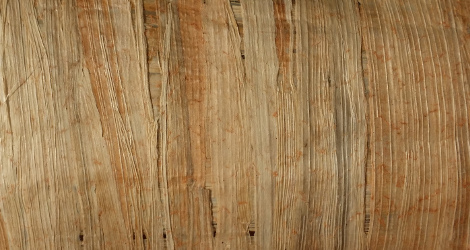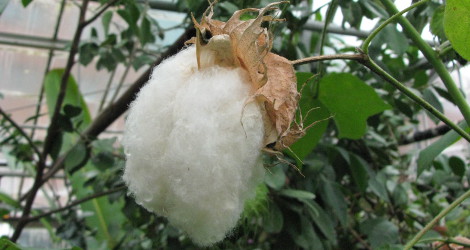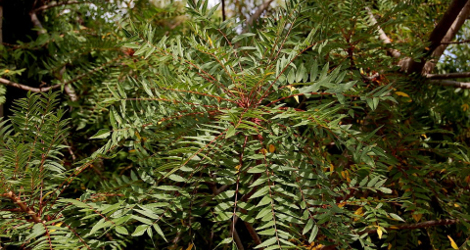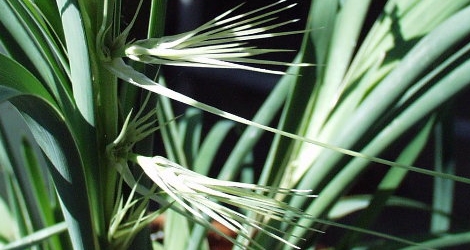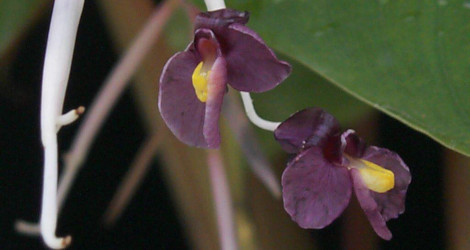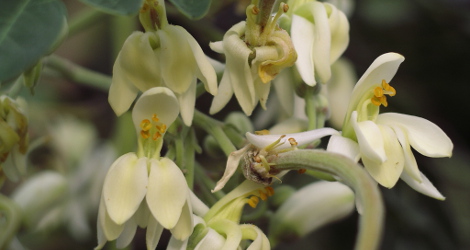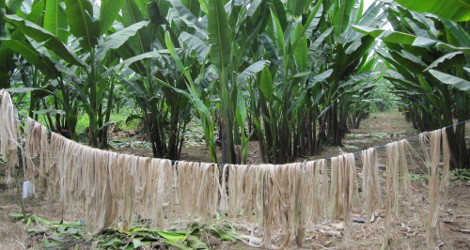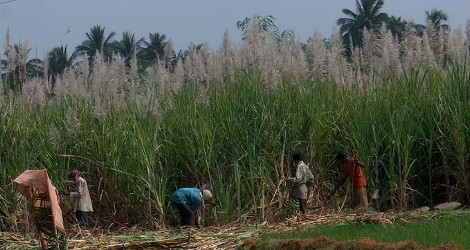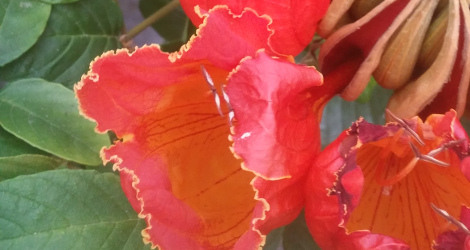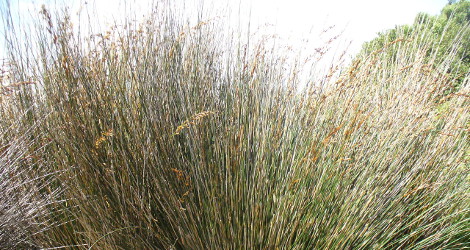SPECIAL COLLECTION:
Fiber Plants
Fiber crops are generally harvestable after a single growing season, as distinct from trees, which are typically grown for many years before being harvested for such materials as wood pulp fiber or lacebark. In specific circumstances, fiber crops can be superior to wood pulp fiber in terms of technical performance, environmental impact or cost.1
There are a number of issues regarding the use of fiber crops to make pulp. One of these is seasonal availability. While trees can be harvested continuously, many field crops are harvested once during the year and must be stored such that the crop doesn't rot over a period of many months. Considering that many pulp mills require several thousand tonnes of fiber source per day, storage of the fiber source can be a major issue.1
Botanically, the fibers harvested from many of these plants are bast fibers; the fibers come from the phloem tissue of the plant. The other fiber crop fibers are seed padding, leaf fiber, or other parts of the plant.1
- Fiber Crop at Wikipedia. Last accessed on Thursday, August 04, 2016.
Greenhouse Locator Map:
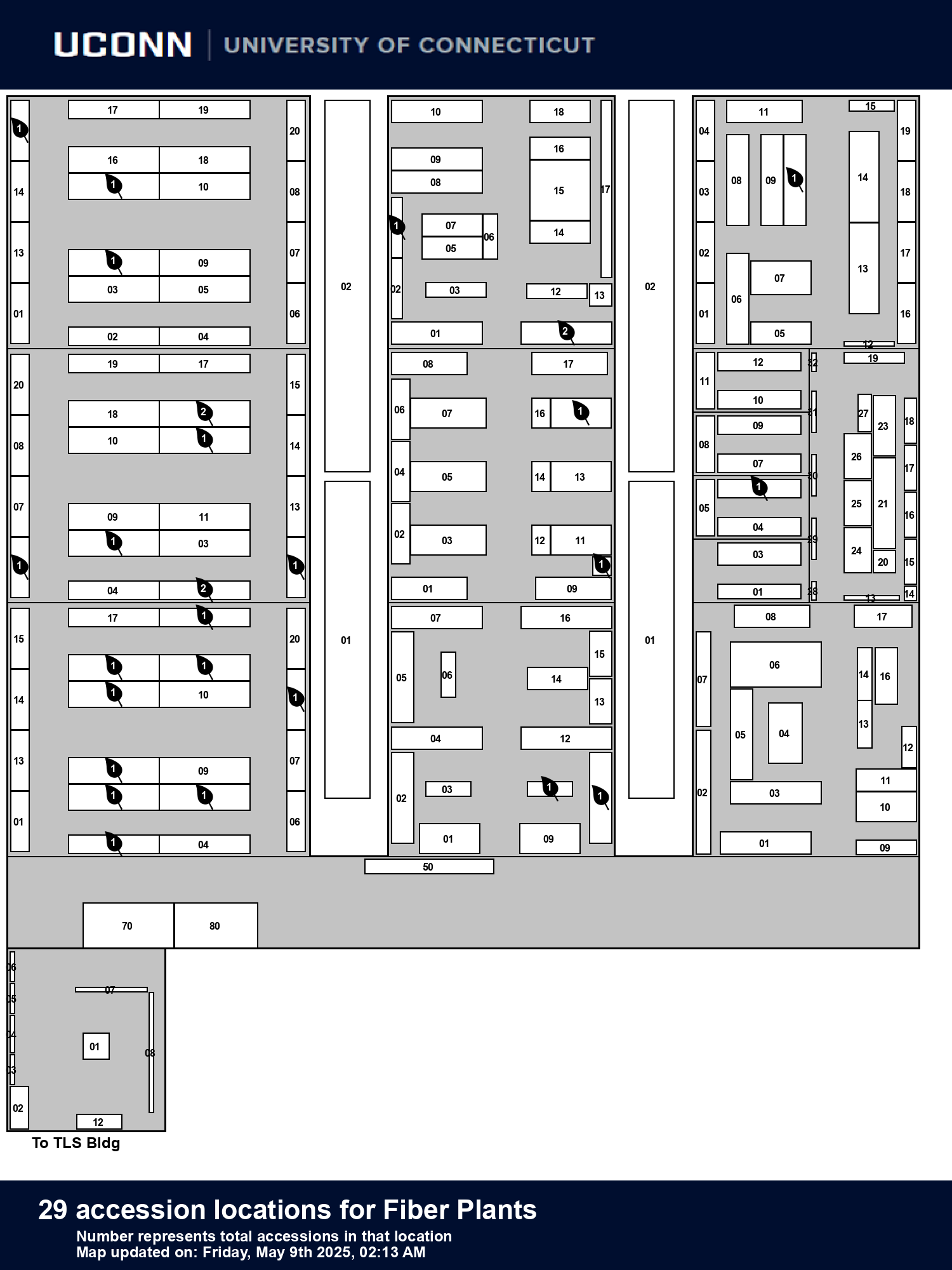
data regenerated on Sat, 26 Jul 2025 02:13:00 -0400
31 Accessions:
Number in parentheses references locator map icons
- {1} Dracaena trifasciata - Snake Plant - Asparagaceae

- {2} Ceiba pentandra - Kapok Tree - Malvaceae



- {3} Marantochloa purpurea - Marantochloa purpurea - Marantaceae


- {4} Kirkia wilmsii - Mountain Seringa, Peppertree - Kirkiaceae


- {5} Marantochloa leucantha - Yoruba Soft Cane - Marantaceae

- {6} Hibiscus tilliaceus - Beach Hibiscus - Malvaceae

- {7} Spathodea campanulata - African Tulip Tree - Bignoniaceae


- {8} Flagellaria indica - Supplejack, Whip vine - Flagellariaceae


- {9} Cyperus papyrus - Papyrus - Cyperaceae


- {10} Tetrapanax papyrifer - Rice-paper Plant - Araliaceae

- {11} Gossypium arboreum - Tree Cotton - Malvaceae

- {11} Gossypium darwinii - Darwin's Cotton - Malvaceae

- {12} Moringa oleifera - Horseradish Tree - Moringaceae



- {13} Broussonetia papyrifera - Paper Mulberry - Moraceae


- {14} Musa textilis - Abaca - Musaceae


- {15} Pandanus caricosus - Voivoi - Pandanaceae

- {15} Saccharum officinarum - Sugar Cane - Poaceae


- {16} Gossypium barbadense - Pima Cotton - Malvaceae


- {17} Ceiba speciosa - silk floss tree, kapok, floss silk tree, ceiba del brasil - Malvaceae

- {18} Sabal palmetto - Palmetto - Arecaceae

- {19} Elegia tectorum - Thatching Reed, Dakriet - Restionaceae

- {20} Thamnochortus insignis - Thatching Reed - Restionaceae


- {21} Agave sisalana - Sisal - Asparagaceae


- {22} Furcraea foetida - False Agave, Mauritius Hemp - Asparagaceae

- {23} Daphne bholua - Lokta - Thymelaeaceae


- {24} Lomandra longifolia - Spiny Headed Mat-Rush - Asparagaceae


- {24} Phormium tenax - New Zealand Flax, NZ Hemp - Asphodelaceae

- {25} Aframomum angustifolium - Guinea Grains - Zingiberaceae

 W/C
W/C - {26} Boehmeria nivea - Chinese Silk Plant - Urticaceae


- {0} Urtica dioica - Stinging Nettle - Urticaceae


- {0} Salvinia molesta - Giant Salvinia - Salviniaceae

W/C = Wild Collected
 = Currently Flowering
= Currently Flowering = Image(s) Available
= Image(s) Available = map available for this accession
= map available for this accession
 = voucher(s) on file at CONN for this accession
= voucher(s) on file at CONN for this accession = accession added within past 90 days
= accession added within past 90 days
